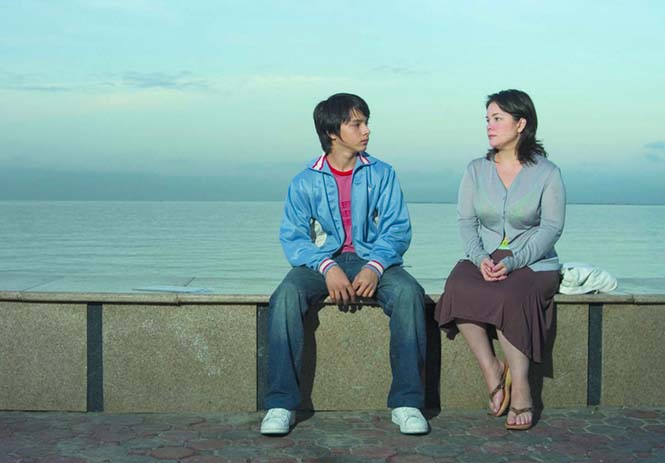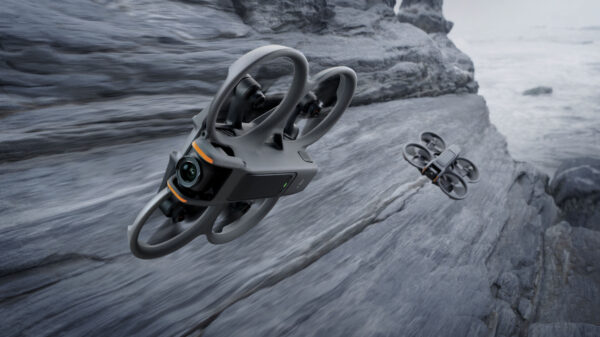A new museum initiated by the Cultural Center of the Philippines (CCP) will be developed and built over a period of a few years. It marks CCP’s 50th anniversary this year, which will have a year-long celebration from September 2019 to September 2020.
The new museum is named 21AM, a 21st century art museum.
21AM was greenlighted as a contemporary art museum that, among other important tasks, addresses the relationship of 21st century artistic idioms and traditional Philippine art. Both physical and intellectual infrastructures for such a museum concept will be built.
It will first reside on the CCP 4th floor space, which housed CCP’s Museo ng Kalinangang Pilipino (MKP) since the latter was established in 1987.
Scheduled for inauguration in May 2020, the concept and initial exhibitions of 21AM will replace the MKP.
Two of exhibits of the MKP are set to be dismantled this month: the exhibit of guardian rocks or pinaing of the Tingguian people in Peñarrubia town, Abra province and the exhibit of grave-markers or sunduk of the Sama Dilaut people in Santa Cruz Island, off of Zamboanga City.
The demounting and storage of the cultural materials will take place after two traditional rites have been performed by leaders from the respective indigenous groups: the pinaing exhibit on October 2; the sunduk exhibit on October 11.
For the pinaing, the son of the ritualist who prayed over the transfer of the materials in 1987, was the central participant. He was joined by family members of the original Tingguian group.
For the sunduk, a Sama ritualist, who is also an imam or a Muslim leader, will conduct the rite of transfer to storage. Among the participants from the Sama area are descendants of at least one individual buried on Santa Cruz Island. Most of the markers have been separated from these graves by a voracious antiquities trade.
While only semi-public, these rituals are held as an official part of the museological procedures covering the managed transition from MKP to 21AM as two different institutions.
The MKP was installed in 1987 with the assistance and collaboration of a number of traditional societies. It is in this connection that the rituals are being held.
The MKP had a section on Tingguian/Itneg dance/ritual. This section consisted of a ritual lay-out composed of ceramic jars, parts of important plants, coconut bowls, an old knife, and the deeply meaningful juxtaposition of textile-and-spear. The pinaing was also incorporated in this section.
The pinaing consisted of the entirety of these important cultural markers for the Tingguian of Peñarrubia. They were brought to the MKP, instead of sale to international antique dealers. They became part of the then newly formed CCP collection of materials related to traditional performance. A group of Tingguian arranged these cultural materials in the space allocated by the 1987 curatorial plan. A Tingguian ritualist conducted rites to allow for a good transition from Abra to the MKP.
In contrast, the sunduk exhibited at the MKP were originally extracted by antique dealers from Santa Cruz Island in the 1980s. These are the boat-shaped forms marking the graves of the Sama people. They were trafficked into the Manila antiquities market from where they were acquired by the CCP. At the MKP, they were exhibited atop the pink sand of crushed coral that was transported by the CCP from Santa Cruz Island as well.






















































































